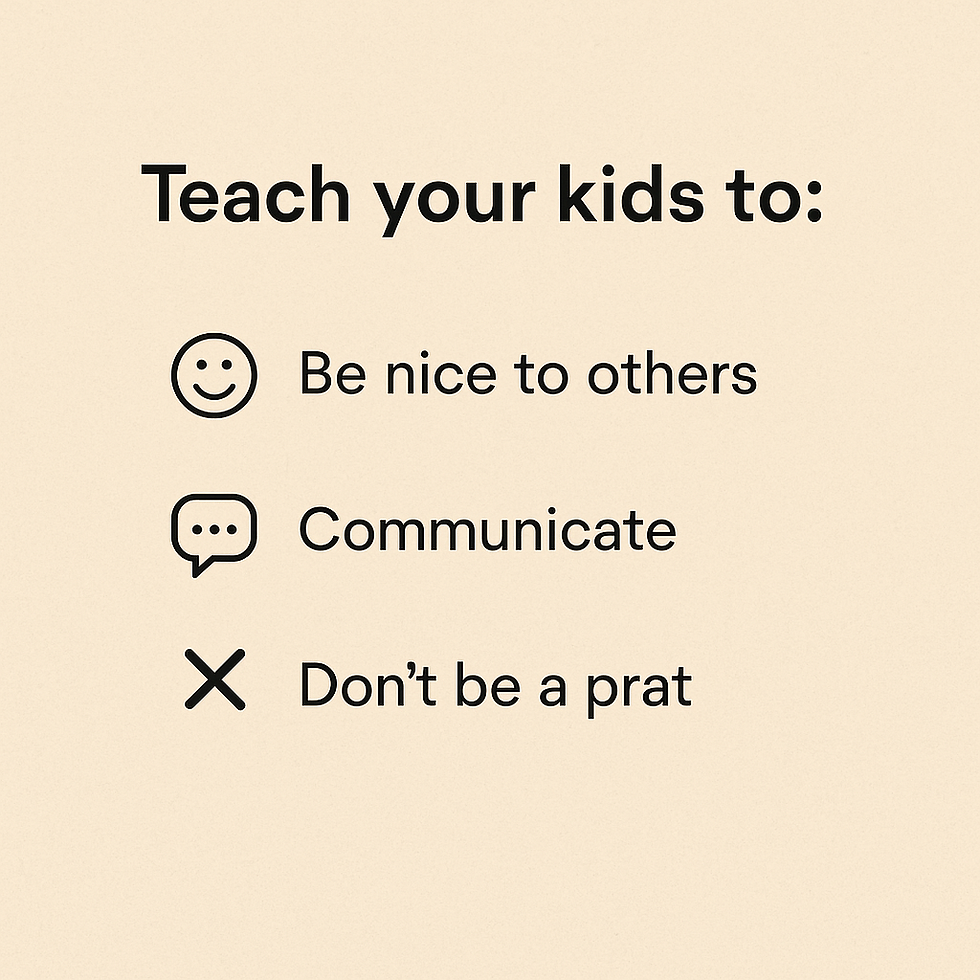Attachment
- carlarioalves
- Feb 28, 2023
- 3 min read
Updated: Mar 2, 2023

Attachment is the most important dynamic for a human being, and it begins right from infancy. Babies are born with an innate need for attachment and exhibit behaviors such as crying, clinging, and screaming to ensure their caregiver does not leave them behind. This bond betwee
n an infant and their primary caregiver plays a crucial role in the child's emotional and social development. It is vital to recognize that different love languages exist, and parents and caregivers must be attuned to a child's needs to understand them. It is through attentive listening that parents can understand their children's needs and how to attend to them emotionally.
To foster a secure attachment bond, it is essential to be emotionally available to your child. Being present with your child provides them with a sense of security to play on their own, even if you are not actively involved in their play. Instilling discipline in a child involves a contract of understanding rather than punishment. It is important to ensure that the child knows why they are being disciplined and that they accept it because they are connected to their caregiver emotionally. This connection also means that if the child does not accept the discipline, it is time for the caregiver to reconnect with their child.
British psychoanalyst, John Bowlby, first described the psychological theory of attachment. Bowlby suggested that attachment behaviors in babies are a natural selection evolutionary phenomenon and named it the "attachment behavioral system." This system is displayed when babies understand that losing their primary caregiver would mean they would not survive. Thus, they exhibit behaviors such as crying, clinging, and screaming to ensure they are not left behind.

There are four primary attachment styles that can develop as the child grows. These attachment styles are determined by the child's relationship with their caregiver and can impact their relationships later in life.
The first attachment style is secure attachment. This occurs when a child h
as a consistent and positive relationship with their caregiver, which leads to the child feeling safe, protected, and trusting of their caregiver. Children with secure attachment styles are comfortable exploring their environment, interacting with others, and taking risks.
The second attachment style is anxious-ambivalent attachment. This attachment style is characterized by inconsistent caregiving, leading the child to feel anxious and uncertain about their caregiver's availability. Children with this attachment style may cling to their caregiver when they are present and become upset when they leave. This attachment style can lead to difficulties with emotional regulation and can result in a tendency to worry excessively about relationships.
The third attachment style is avoidant attachment. This occurs when the caregiver is consistently unresponsive or rejecting of the child's needs, leading the child to learn to suppress their emotions and avoid seeking comfort from others. These children may become emotionally distant and independent, preferring to rely on themselves rather than others. Adults with an avoidant attachment style may struggle to form close relationships and may be perceived as cold or aloof.
The fourth and less common attachment style is disorganized attachment. This attachment style occurs when the caregiver's behavior is inconsistent or unpredictable, leading the child to become confused about whether their caregiver is a source of comfort or fear. As a result, the child may display a range of conflicting behaviors, such as approaching the caregiver while looking away or freezing in place. Adults with a disorganized attachment style may experience difficulties with emotional regulation and may struggle with feelings of fear, confusion, and instability in their relationships.

See, the point is... understanding attachment theory and the different attachment styles can help parents and caregivers develop healthier and more fulfilling relationships with children. Being emotionally available, attuned to a child's needs, and present can help foster a secure attachment bond. Additionally, disciplining children should involve a contract of understanding between the child and caregiver, rather than punishment, to maintain a positive attachment bond. It is never too late to work on establishing a secure attachment, and therapy can help individuals identify and work through it to resolve any lacking in their early years formation.
References
Bowlby, J. (1969). Attachment and Loss: Vol. 1. Attachment. Basic Books.
Ainsworth, M. D. S., Blehar, M. C., Waters, E., & Wall, S. (1978). Patterns of attachment: A psychological study of the Strange Situation. Lawrence Erlbaum Associates.
Cassidy, J., & Shaver, P. R. (Eds.). (2016). Handbook of attachment: Theory, research, and clinical applications. Guilford Press.
Schore, A. N. (2001). Effects of a secure attachment relationship on right brain development, affect regulation, and infant mental health. Infant Mental Health Journal, 22(1-2), 7-66.
Siegel, D. J. (2012). The developing mind: How relationships and the brain interact to shape who we are. Guilford Press.
These references are a mix of classic and recent studies and publications that explore different aspects of attachment theory, its development, and its clinical applications.


Comments